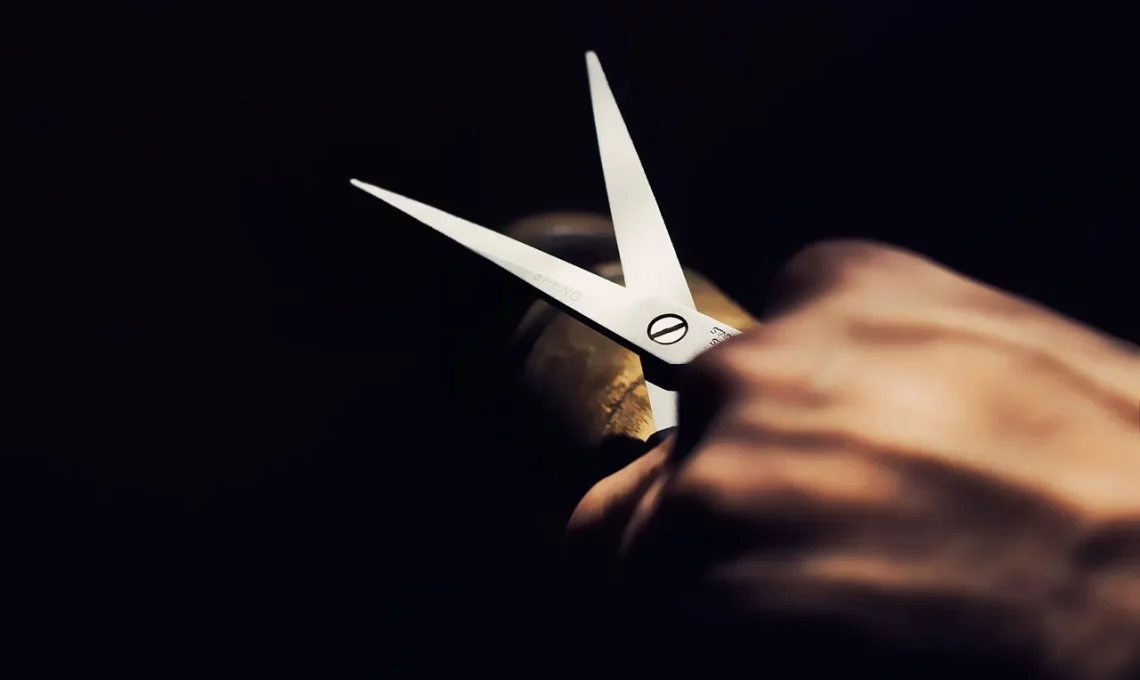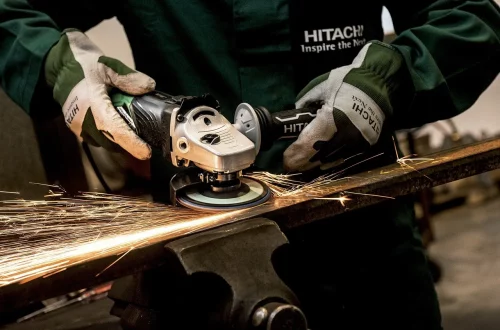
The Ultimate Guide to Choosing the Best Trimming Scissors for You
Choosing the right trimming scissors can significantly enhance your crafting, gardening, or grooming experience. Whether you’re a professional stylist, a dedicated gardener, or an enthusiastic DIYer, the tools you use can make all the difference in the quality of your work. Scissors are not just simple cutting tools; they are precision instruments that can transform your tasks from mundane to exceptional.
Trimming scissors come in various shapes, sizes, and materials, each designed for specific purposes. The right pair can ensure clean cuts, reduce hand fatigue, and provide better control, which is essential for intricate tasks. As you navigate the vast market of trimming scissors, understanding the various features and options available will empower you to make an informed decision.
Moreover, the feel of a well-balanced pair of scissors can significantly improve your efficiency and accuracy. Investing in a high-quality pair tailored to your specific needs is not just a matter of preference but a necessity for achieving the best results. With the right knowledge, anyone can master the art of choosing the perfect trimming scissors suited for their projects and preferences.
Understanding Different Types of Trimming Scissors
When it comes to trimming scissors, one size certainly does not fit all. Various types of trimming scissors cater to different tasks, and understanding these differences is crucial for selecting the right pair.
One of the most common types is the straight shear, which features sharp blades that are ideal for clean cuts. These are often used in hairdressing to create precise lines and shapes. If you’re working with plants, straight shears can help you make accurate cuts without damaging the surrounding foliage.
Another popular option is the curved shear. As the name suggests, these scissors have blades that curve inward, making them perfect for contour cutting. This design is particularly useful for tasks that require following the natural shape of the material, such as when cutting fabric for sewing or trimming the edges of plants.
For those engaged in intricate arts and crafts, detail scissors are a must-have. These smaller scissors allow for delicate work, enabling you to cut out intricate designs or shapes with precision. Their compact size and sharp tips provide control that larger scissors cannot match.
In addition to these, there are also specialized scissors like thinning shears, which have teeth on one blade designed to remove bulk from hair or foliage without losing length. This type of scissor is indispensable for hairstylists seeking to create layered looks or gardeners wanting to maintain the shape of their plants without drastic changes.
Understanding these different types of trimming scissors will help you make a more informed choice based on the specific tasks you intend to undertake. The right scissors can enhance your effectiveness and lead to better outcomes in your projects.
Key Features to Consider When Choosing Scissors
Selecting the best trimming scissors involves more than just picking a pair that looks appealing. Several key features should be carefully considered to ensure you make the right choice for your needs.
First and foremost, the material of the scissors is crucial. High-quality stainless steel is often regarded as the best choice due to its durability and resistance to corrosion. Scissors made from this material tend to hold their sharpness longer and withstand the rigors of regular use.
Another important feature to consider is the blade design. Blades can either be straight or serrated. Straight blades are versatile and suitable for a wide range of tasks, while serrated blades provide added grip, making them ideal for cutting through tougher materials, such as thicker branches or fabrics.
Handle comfort is also an essential factor. Scissors with ergonomic handles can significantly reduce hand fatigue during extended use. Look for pairs that offer cushioned grips or those designed to fit the natural shape of your hand. This can make a noticeable difference, especially for those who use scissors frequently.
Weight and balance are additional considerations. A well-balanced pair of scissors will feel comfortable in your hand, allowing for more precise control. Heavier scissors can provide stability, but they might also lead to fatigue if used for long periods. It’s important to find a pair that feels right for you.
Lastly, consider the size of the scissors. They should be proportionate to your hand for optimal control. Larger scissors may be more suitable for bigger tasks, while smaller ones are better for intricate work.
Taking the time to evaluate these features will help you choose trimming scissors that meet your needs and enhance your crafting or gardening experience.
Maintenance Tips for Longevity
Once you have chosen the perfect pair of trimming scissors, maintaining them properly is essential to ensure their longevity and performance. Regular maintenance not only keeps your scissors sharp but can also prevent damage and ensure they remain effective for years to come.
One of the most important maintenance tasks is cleaning. After each use, wipe the blades with a soft cloth to remove any sap, dirt, or debris that may have accumulated. For more thorough cleaning, consider using a damp cloth and mild soap, ensuring that you dry the scissors completely afterward to prevent rusting.
Sharpening your scissors is another crucial aspect of maintenance. Dull blades can cause tearing rather than clean cuts, which can be frustrating and affect the quality of your work. Depending on the frequency of use, you may need to sharpen them every few months. Various sharpening tools are available, including sharpening stones and electric sharpeners, so choose one that you feel comfortable using.
Additionally, oiling the pivot point of the scissors helps maintain smooth operation. A drop of light machine oil can keep the blades moving freely and prevent them from sticking. Be sure to wipe away any excess oil to avoid transferring it to your materials during use.
Finally, store your scissors properly to avoid damage. Consider a protective case or sheath to guard the blades when not in use. Keeping them in a designated spot will also help you keep track of them and prevent accidents.
By incorporating these maintenance tips into your routine, you can ensure that your trimming scissors remain in top condition, allowing you to achieve the best results in your projects.
Choosing the Right Scissors for Your Specific Needs
With numerous types and features available, selecting the right trimming scissors for your specific needs can seem overwhelming. However, by narrowing down your options based on your activities, you can simplify the decision-making process.
If you are primarily focused on hair cutting, look for professional-grade shears designed for hairstylists. These scissors often feature advanced materials and designs that cater specifically to hair texture and cutting techniques. Pairing them with thinning shears can also provide versatility for layering and texturizing.
For gardening enthusiasts, consider pruning shears that provide the strength and sharpness needed to cut through branches and stems. Look for features like curved blades for better control and ergonomically designed handles to reduce hand strain during prolonged use.
Crafters and DIYers may benefit from a range of scissors that include detail scissors for intricate designs, rotary cutters for fabric, and utility scissors for general cutting tasks. A multi-functional approach can save space and ensure you have the right tool on hand for various projects.
If you’re working with heavier materials, consider scissors that are reinforced for strength. These can make cutting through tougher materials manageable and less taxing on your hands.
By identifying your primary use case and considering the features that align with those needs, you can confidently choose the best trimming scissors to enhance your productivity and creativity.
In conclusion, selecting the right trimming scissors involves understanding the various types available, considering key features, implementing proper maintenance, and identifying your specific needs. With this knowledge in hand, you can make a well-informed decision that will ultimately lead to better results in your crafting, gardening, or grooming endeavors.
**Note: This article is for informational purposes only and does not constitute medical advice. For any health-related concerns, please consult a qualified healthcare professional.**




